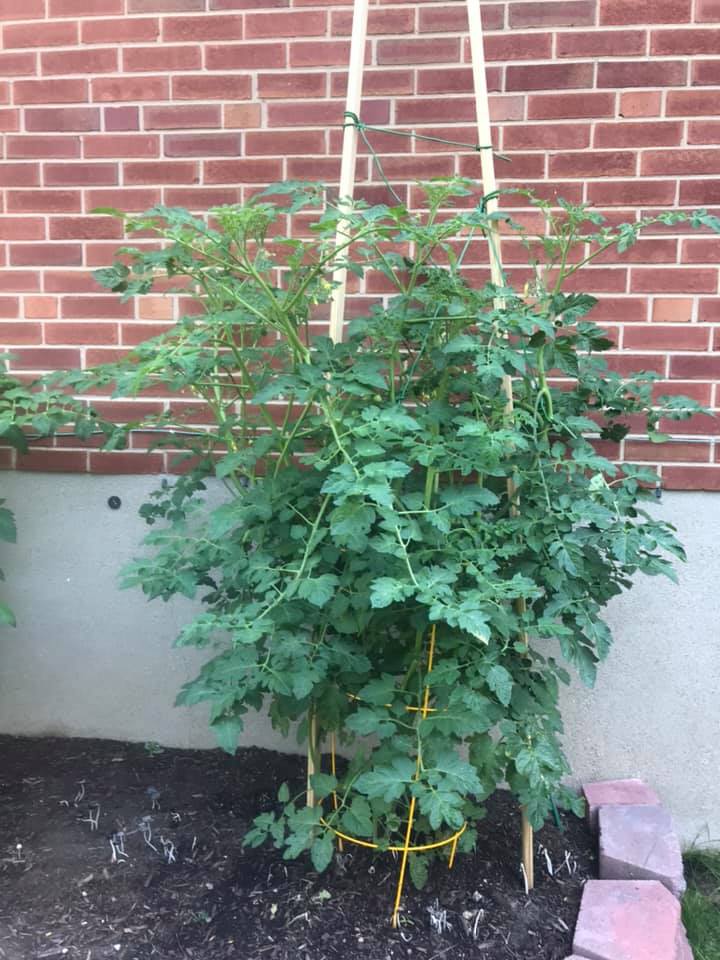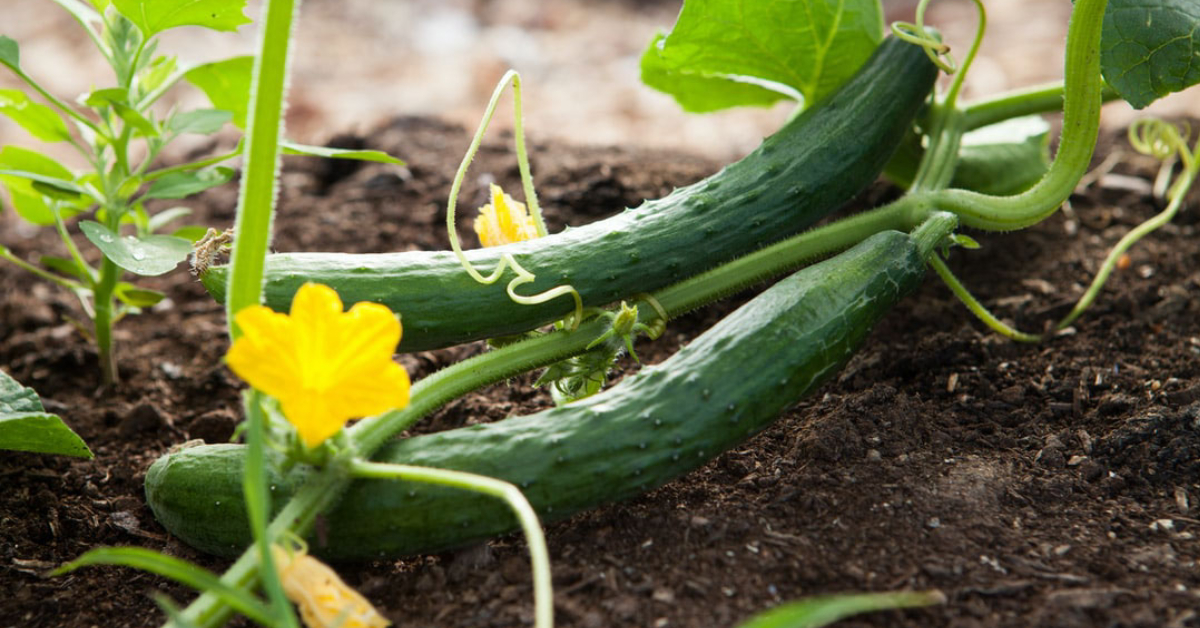Let me just start off by saying I’m not an expert on city or urban farming, but I’m not afraid to get my hands dirty. I have been at this for about four years now and I’m learning as I “grow”. Some things I have figured out through trial and error, success and failure – and some by way of gardening how-to YouTube videos!

During this year of uncertainty, it’s time to consider growing your own food. The way I look at it – we have no idea what genes have been spliced or what chemicals have been used to ward off pests. If you haven’t explored the possibilities, now is definitely the time to at least consider growing your own vegetables. You do not need a huge yard to get started. If you have flowerpots or containers, you have a foundation to begin your “urban farm”.

In my garden, this is what we have growing this season: kale, collard greens, salad greens (including romaine lettuce), green beans, beets, tomatoes, several varieties of peppers (bell and hot), red new potatoes, green onions, cucumbers, sage, thyme, rosemary, chives, watermelon, strawberries and a Meyer lemon tree. Whew – I think that’s it!
People say to me, “Oh my goodness, Sandy, you must have a huge yard to grow all of that stuff.” While we do have a large yard, most of our produce is grown in flower beds and containers. Some items we started by seed while others are plantings purchased from local nurseries. (I have a neighbor who says she’s been inspired by what I am doing in my yard. She started her small garden with two containers – one with tomatoes and the other holds collard greens.)

Here are some tips I have found helpful for my garden:
1. Watering. A consistent watering schedule is really important. If you water too little, the vegetables may not grow. It’s best to water at the root of the plants. Seeded beds needs frequent watering. Established crops can use one to two inches per week. (Straw or mulch can help to conserve water in the garden beds.)
2. Sun exposure. Most vegetables need at least a half day of sun (if not more) in order to grow. Therefore, you need to consider the placement of your garden containers or plots to maximize the sun’s exposure. Tomatoes, cucumbers, squash and peppers need about eight hours of light.
3. Plant for the correct season. Some veggies are spring plants and some are summer ones. For example, kale prefers a cool spring season. Tomatoes, on the other hand, are best planted in spring so they can ripen during summer (and not in the fall).
4. Garden pests. You will need to keep an eye on your plants against predators! Deer and rabbits will eat plants and you may need mesh fencing. Slugs and other bugs can also cause damage. (I personally inspect my garden daily for bugs. I prefer not to use pesticides and simply remove them from my growing vegetables.) Note: not all bugs are bad. Bees, butterflies, ladybugs are great for the garden and will boot crop pollination. (Try adding plants like zinnias, cosmos and sunflowers to attract those kind of bugs.)
5. Weeding. If you stay on top of the weeding, it will not become an overwhelming task!
6. Soil. If you are planting directly into your yard, you will need to till the soil and add nutrients. If you used raised beds or containers, you can add amended soil.
7. Don’t become overwhelmed. I would suggest starting with a small garden with either containers; or a small plot with four to five types of vegetables. Lettuce, tomatoes, cucumbers and cabbage can all be grown in a container.
#UrbanFarmer #NestingAtHome

